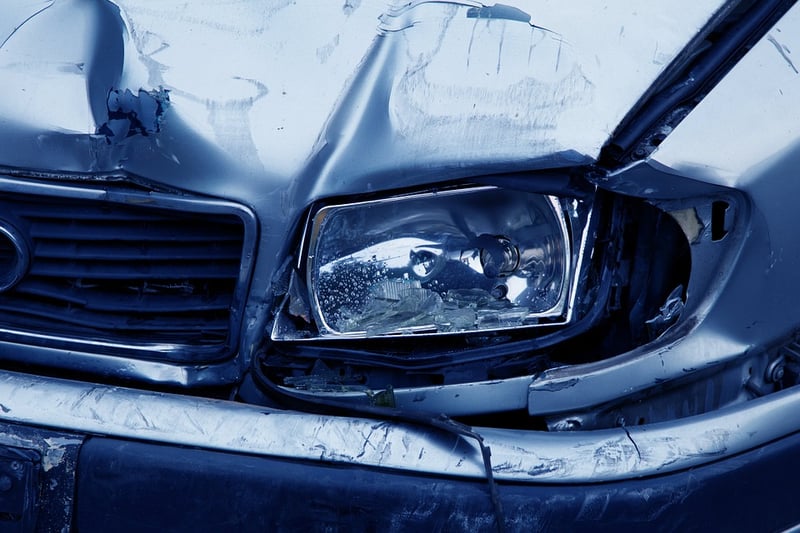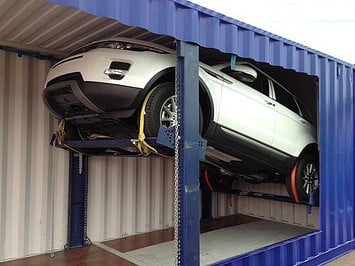
Whether trying to save a precious vehicle or shipping parts, damaged cars are important cargo. Here’s what you need to know!
Types of crash damage
The insurance industry has four recognised types of damage: A, C, S, and N. These determine the fate of the vehicle once it has been in an accident. ‘A’ is the most serious, and means that the only solution is to crush the car for scrap. At the other end of the spectrum, ‘N’ stands for ‘non-structural’, and refers to cars that have an intact core safety structure. ‘N’ vehicles might need new steering or suspension, but they can normally be saved.
When it comes to the Bugatti Veyrons and vintage beauties of the world, things become a little more complicated. At any cost, classics will be saved: nobody is going to stand by and weep as a DB5 gets fed into a mincer. And the list of ‘classics’ grows. In 1982, the last Ford Cortina to be built was on the shelf for £4,515, but today they cruise the markets for a cool £20k. The age of nostalgia has fertilised a vibrant industry, and keeping antiquated or damaged vehicles on the roads has created a unique problem in car transportation.
Why is it difficult to ship damaged cars?
When a vehicle cannot be driven, getting it from A to B is an inevitable headache. Roll on roll off (RORO) ferries have a basic requirement for cars to have the ability to roll, and the operational demands are such that this has to happen at lightning pace. Furthermore, this vehicular stampede often happens at least six times in a shipping journey.
ROROs are deep-hulled, so many shipping lanes and ports are closed to them, and a RORO car will have to be driven between several different types of ship in order to reach its destination. It is an intimidating journey at the best of times, and is not one that a damaged vehicle is able to manage.
What is the solution?
Containerised shipping is the only practical way to move a damaged car. When safely sealed inside a box, their journey is much more sedate. The driverless DL-RAK is an excellent option. The DL-RAK uses a forklift to manoeuvre the vehicle into place, and it is then secured with high strength steel brackets that protect the car whilst absorbing any shock.
The container acts as an envelope, meaning that the vehicle is safely enclosed for the entirety of its journey. Any car benefits from this transport methodology, but for classic cars and damaged cars it is an approach that is both practical and safe.
Image source: Pixabay















